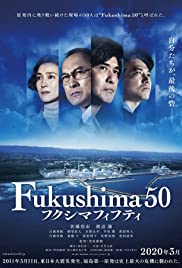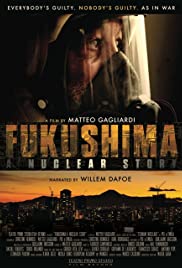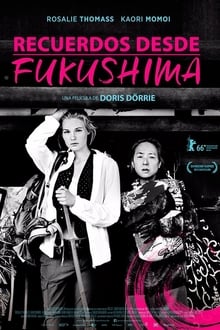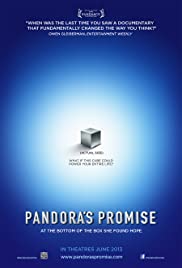Search


A powerful documentary that sheds some light on what really happened at the Fukushima nuclear power plant after the 2011 earthquake and the tsunami that immediately followed.
A powerful documentary – shot from March 11th, 2011 through March 2015 – that sheds some light on what really happened at the Fukushima nuclear power plant after the 2011 earthquake and the tsunami that followed.


December 1944. As their bomber is shot down during a mission over Japan, Sergeant McManus and Robert, a young lieutenant, have no other choice but make a parachute jump. They are captured by local villagers and are saved from execution by Fukushima, the village elder. McManus never accepts his lot unlike Robert, who soon takes an interest in Japanese customs and rites. More, he falls in love with pretty Miyoko, Fukushima’s widowed daughter-in-law.

Oscar winning composer Ryuichi Sakamoto weaves man-made and natural sounds together in his works. His anti-nuclear activism grew after the 2011 Fukushima disaster, and his career only paused after a 2014 cancer diagnosis.

The seven short films making up GENIUS PARTY couldn’t be more diverse, linked only by a high standard of quality and inspiration. Atsuko Fukushima’s intro piece is a fantastic abstraction to soak up with the eyes. Masaaki Yuasa, of MIND GAME and CAT SOUP fame, brings his distinctive and deceptively simple graphic style and dream-state logic to the table with “Happy Machine,” his spin on a child’s earliest year. Shinji Kimura’s spookier “Deathtic 4,” meanwhile, seems to tap into the creepier corners of a child’s imagination and open up a toybox full of dark delights. Hideki Futamura’s “Limit Cycle” conjures up a vision of virtual reality, while Yuji Fukuyama’s “Doorbell” and “Baby Blue” by Shinichiro Watanabe use understated realism for very surreal purposes. And Shoji Kawamori, with “Shanghai Dragon,” takes the tropes and conventions of traditional anime out for very fun joyride.

Hiwa Natsunagi is a high school student living in Iwaki City, Fukushima Prefecture. Worried about what to do with her life after graduation, she spots a poster for Spa Resort Hawaiians the “Hawaii of Tohoku” the place where her sister Mari used to work and applies to their new dancer (hula girl) campaign on a whim. Despite her lack of experience, Hiwa is accepted for the job, and starts on the path towards becoming a Hula Girl with her classmates, Kanna, Ranko, ‘ohana and Shion. However, unable to keep in step with one another due to their differing personalities, their first stage ends in disaster. Called the “most pitiful rookies ever” the girls are disheartened, but they learn to share the good and bad…and strengthen their bond despite the occasional fumble. With their hearts and minds firmly set, the girls grace the stage once more.

Kanami (Satomi Kobayashi) is a TV director. Her pet Natsu recently died due to a disease. Kanami begins to shoot a film about dogs after her movie director friend suggests the idea. For her movie, she visits an animal shelter and a shelter for dogs rescued from the area around Fukushima. She is touched by the people who work diligently to save the animals.

3 years on from hospitalité, Kiki Sugino and Koji Fukada are back again with this socially-conscious film about a 18-year-old girl in-between adolescence and adulthood who spends a summer in a valley and enjoys romance. Sakuko, a 18-year-old girl studying for her university entrance exams, decides to accompany her aunt Mikie on a trip to a seaside town. There she befriends Takashi, a refugee from Fukushima who has dropped out of high school and works at a motel run by Ukichi, a friend of Mikie. In-between childhood and adulthood, Sakuko starts to understand the difficulties of becoming an adult.

The atomic bomb, the specter of a global nuclear holocaust, and disasters like Fukushima have made nuclear energy synonymous with the darkest nightmares of the modern world. But what if everyone has nuclear power wrong? What if people knew that there are reactors that are self-sustaining and fully controllable and ones that require no waste disposal? What if nuclear power is the only energy source that has the ability to stop climate change?